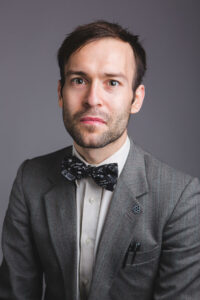My sustaina-bus-ility journey
By Amalie Holmefjord
9356 km.
153 hours travelling.
11 countries.
0,25 tons of CO2 (vs flight = 0,84 tons)1
Many stiff muscles
Endless impressions.
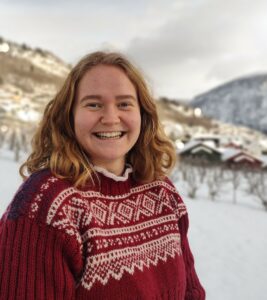
Hello, I am Amalie from Norway, currently studying for a master’s in Climate Change Management at the Western Norway University of Applied sciences. I joined SciCultureD’s course in Athens, Greece from the 20th to the 24th of June 2022.
My journey to Athens started on the 16th of June from the Netherlands, however, my five-week long Europe adventure began when I travelled by bus from Norway to Germany to attend the Bonn Climate Change Conference 2022.
The start of the journey
I was doing a remote internship with the Action for Climate Empowerment (ACE) team at the United Nations Framework Convention on Climate Change (UNFCCC) secretariat. One of ACE’s key elements is climate change education and I was lucky enough to work with my team in-person during the Bonn Climate Change conference. There, representatives from all over the world came together to negotiate the various agenda items under the convention.
These two weeks were pivotal to give me an understanding of how climate change and sustainable education are negotiated at the international level.
Right before starting my journey to Athens, I visited two friends in the Netherlands and,
luckily, one of my friends joined me as my travel partner. After the visit, and fresh with the knowledge of what was discussed at the Bonn conference, I started my journey to Athens. Here we would dive deeper into sustainable education in the Greek context.
But before I could do any sort of diving, I had to sit. A lot. A thirty-hour long bus trip from the Netherlands to Serbia was waiting, and that was only the first part of the journey.
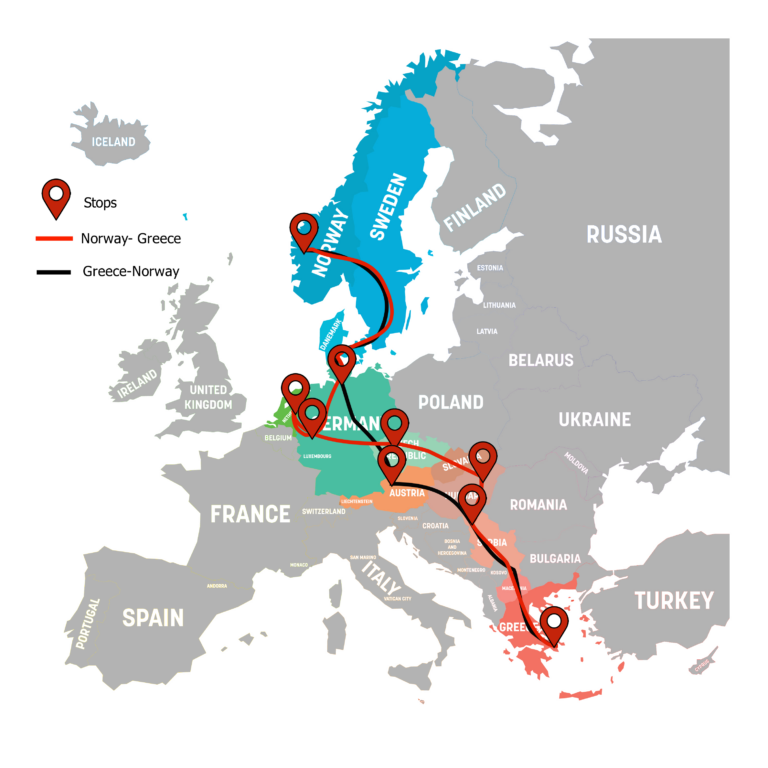
The sustainable choice
Now you might be thinking, “oh no”, this poor girl got hit hard by this summer’s flight strikes. On the contrary, I made a conscious choice to travel sustainably. Even though a bus journey like this requires more time and effort, the difference in emissions made the effort worth it. The emissions from my travel were 70% lower than the minimum emissions of flying the same distance. Because of this difference, flying wasn’t an option for me.
Nevertheless, I was both frightened and excited to embark on the long bus journey from Arnhem, The Netherlands, on the 16th of June. I honestly didn’t know what to expect as we started moving through the flat landscape with its whopping windmills, but with a quick stop in Prague and Budapest, we made it to our halfway destination, Novi Sad, Serbia.
On the 18th of June, with a much-needed night’s rest in Serbia, we buckled up for yet another 16 hours on the bus. After a small stop in Thessaloniki, we reached our final destination on Sunday afternoon. The three-day long journey from the Netherlands to Greece made our arrival to Athens feel like when Pheidippides, the Greek messenger, arrived after running the first marathon. This might be a bit of an exaggeration, but I am certain both journeys involved some sore muscles.
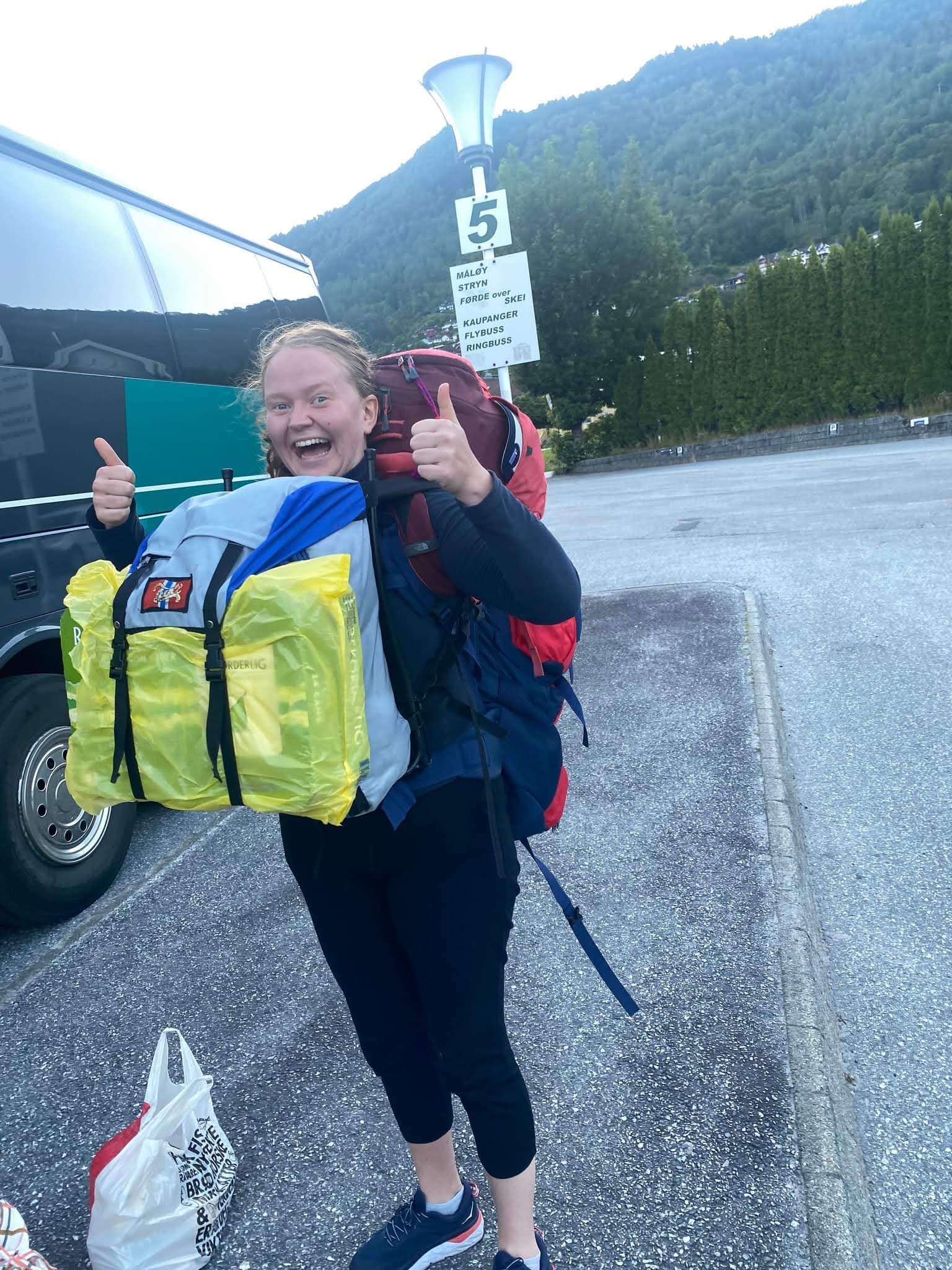
The Course
Finally settled in at the hotel, the bed welcomed me as a warm embrace after the grand voyage. Still a bit bus-lagged I woke up Monday morning, as ready as I could be to start the ScicultureD one-week intensive course. Our schedule consisted of field trips, workshops and group work, and throughout the week we worked within the framework of design thinking.
During our field trips, we visited a primary school with some groundbreaking projects, where students are involved in monitoring seismic activity, creating art exhibitions and making astronomic observations through the school’s very own observatory! The experience center we visited afterwards had multiple interactive exhibitions that presented how life would be in the sustainable city, Ellinikon, planned to be built in Athens’ old airport area. This visit surprisingly caused a joint provocation in the group, as it turned out that only the wealthy will afford to live in the city. Nevertheless, this became a great bonding exercise for us.
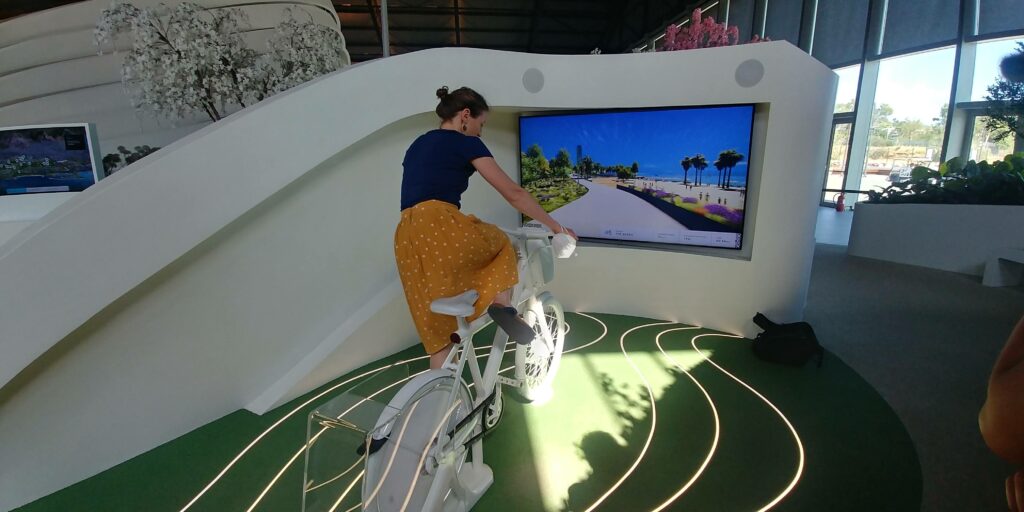
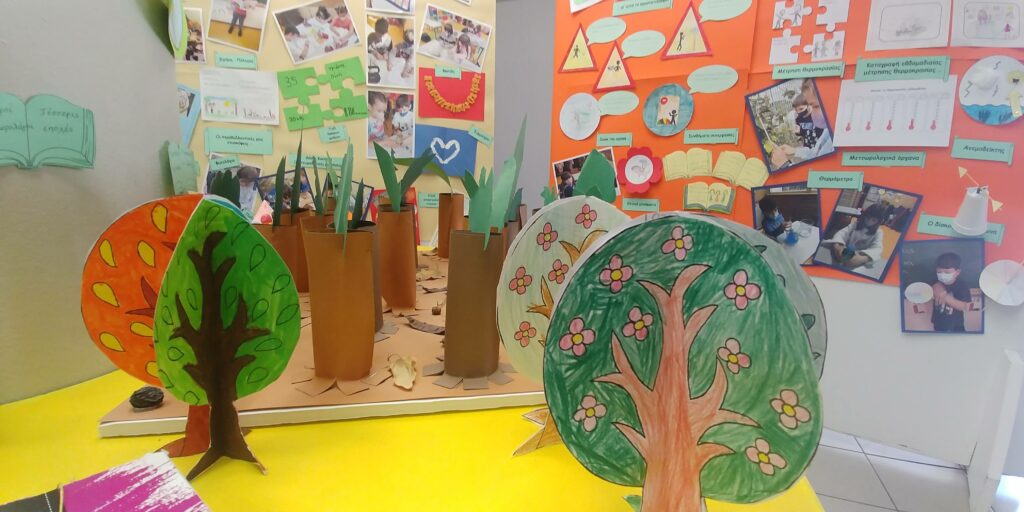
Throughout the week we also had various workshops, exploring different ways in which we could learn and teach about sustainability. We learnt about the use of movement, soundscapes and maker-workshops to better understand and feel sustainability through our body and senses. Who would have thought that playing with playdough and lego, and recording myself laughing while jumping on a trampoline, would be central experiences of the course?
Lastly, we also got challenged in collaboration and group work. Throughout the week we worked in groups, trying to solve the challenge: how can sustainable educational communities in Greece evolve?
In the end every group presented their solution, and it was inspiring to see all the different creative ideas coming to life: from performances using elements of movement and sound, to interactive sessions where we, as participants, took part in creating the solution.
Not to forget, our free hours were wisely spent going to the beach and exploring the city. I will never forget when I saw one of my co-participants smile from ear to ear when he swam in the sea after 3 years, or the jamming session in the taxi when we sang “I want to break free” so loud the taxi driver just had to boost the volume. I don’t know if he was actually enjoying it or just wanted to drown us out.
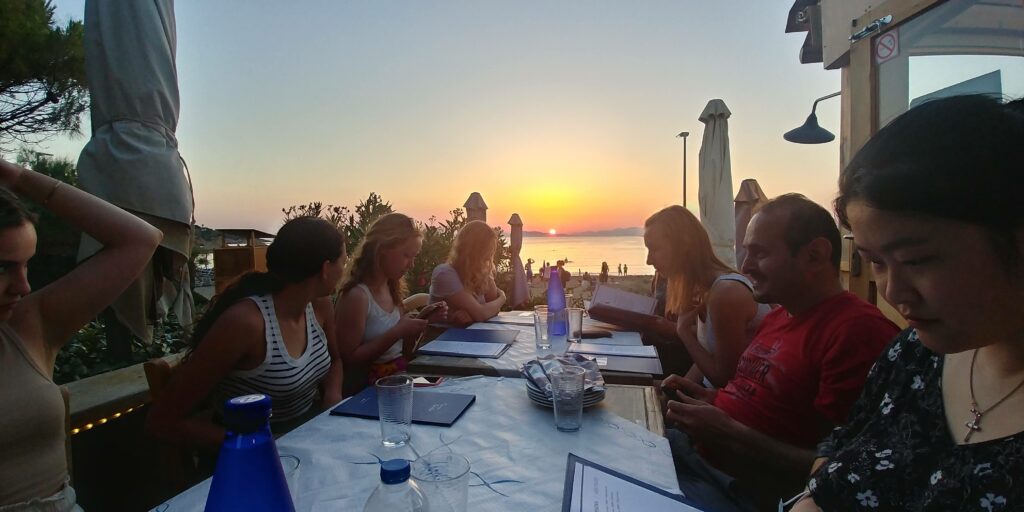
Returning home
All in all, my experience during the course was all-encompassing and challenged many of my previous notions on sustainable education.
After an intense week where connections quickly grew strong, it was with a heavy heart I left my newfound friends. All the while I was trying to carefully digest the new knowledge, as well as a massive amount of Greek food, that I had taken in during the course. A quick pitstop at a Greek island was necessary, just one week of beach, Mamma Mia and relaxation.
Filled with peace of mind and sunburns, my travel partner (the same that came with me from The Netherlands) and I wistfully began our return to the North. This trip also entailed a stop in Novi Sad, Serbia, and as my travel partner stayed here, I continued my journey to Vienna and Hamburg. Even during these days, the sustainability aspect was always with me, as I ate delicious vegetarian food made by my lovely hosts or when I learnt that my friend is starting up an innovative recycling company in Hamburg. Brimming with new inspiration, I finally bussed my way home to Norway.
Throughout my entire journey, sustainability has been a key focus. Naturally because of my choice of transportation, but even more so because of the people I met who are all in different ways working to tackle the big challenge ahead of us. I don’t think this feeling of connectedness to people and nature can be felt without experiencing the real distance from A to B.
The goal of my journey was to prove that travelling in this way is not only possible but also fun and enriching. Travelling sustainably is not a sacrifice, if anything, it made my journey exceedingly more interesting and rewarding. Not to mention the life skills I have gained. Put me on a bus or train now, give me five minutes, and I am sleeping like a baby.
Altogether it was an incredible experience, and I hope to inspire people to reconsider how they travel because if you have never experienced sunset through a dewy bus window, you are missing out.


